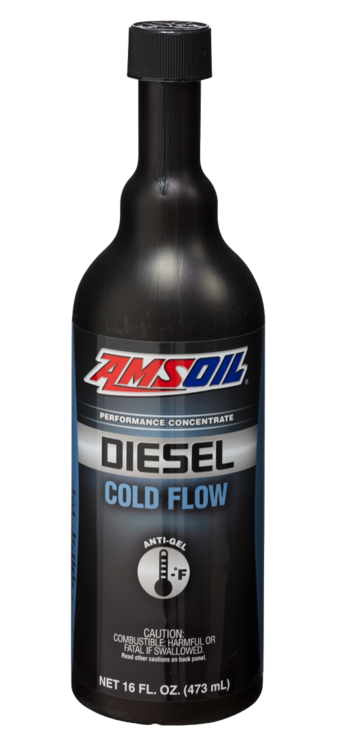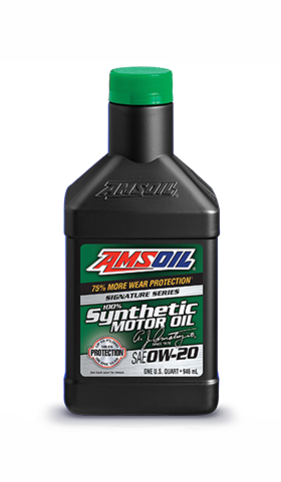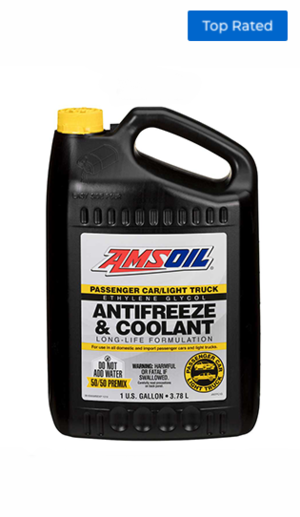INDEPENDENT DEALER
Fairfield Township, OH | (513) 348-0758

Diesel Cold Flow Fuel Additive
Product code: ADDCN-EA
- Lowers cold filter-plugging point (CFPP) by up to 40°F (22°C)
- Fights gelling in cold weather
- Prevents wax settling during storage
- Inhibits fuel-filter icing
- Safe for use in all diesel fuels, including biodiesel
PACKAGE SIZES AND UNITS OF MEASURE
Availability and Price subject to AMSOIL stock, visit product's page for updated information.
TECHNICAL SPECIFICATIONS
-
Using #1 diesel fuel is one traditional solution to cold-weather diesel fuel problems. While #1 diesel fuel has an advantage in low-temperature operability, the energy content of #1 diesel fuel is about 95 percent that of #2 diesel fuel, resulting in reduced fuel economy and less horsepower, and it costs more at the pump. Diesel Cold Flow minimizes the need for blending standard #2 diesel fuel with #1 diesel fuel, helping to maintain fuel economy and keep engines functioning normally.
-
As the temperature drops, the wax naturally found in diesel fuel begins to crystallize. The point at which wax crystals form is known as the cloud point. These wax crystals eventually clog the fuel filter and starve the engine of fuel, preventing it from starting. While low-quality fuels may form wax crystals in temperatures as warm as 40°F (4°C), most fuels have a cloud point near 32°F (0°C). The point at which the crystals clog the fuel filter is known as the cold filter-plugging point (CFPP). Diesel Cold Flow lowers the CFPP by up to 40°F (22°C) in ULSD.
-
Diesel Cold Flow uses a wax anti-settling component not found in other market-leading products. Wax anti-settling additives effectively modify wax crystals, drastically reducing their size. They resist settling and can pass through the filter more effectively, extending operability to a lower temperature.
-
Wax crystals can settle and clog fuel filters (see picture). AMSOIL Diesel Cold Flow is formulated with wax anti-settling additives that drastically reduce the size of wax crystals, preventing them from settling and allowing them to more effectively pass through the filter, improving low-temperature operability.


